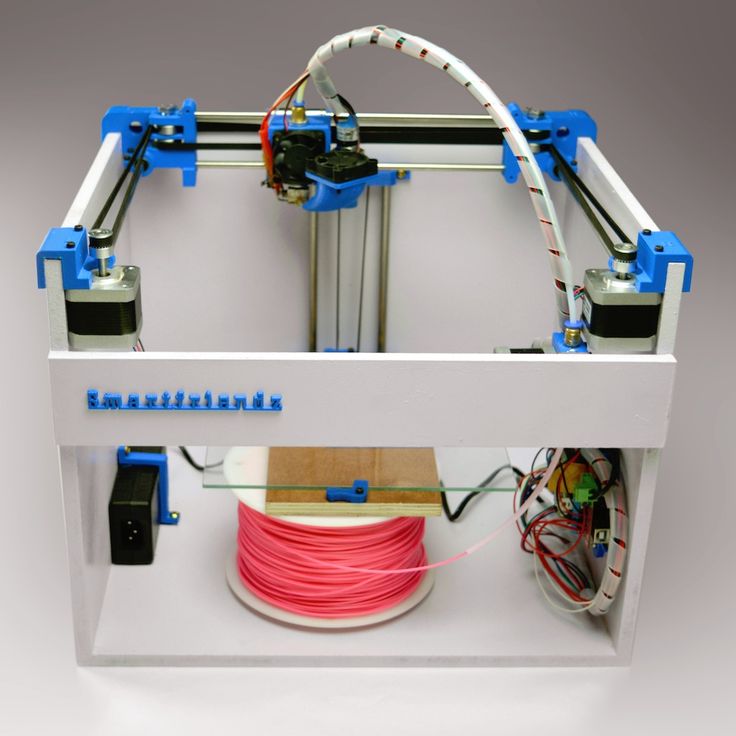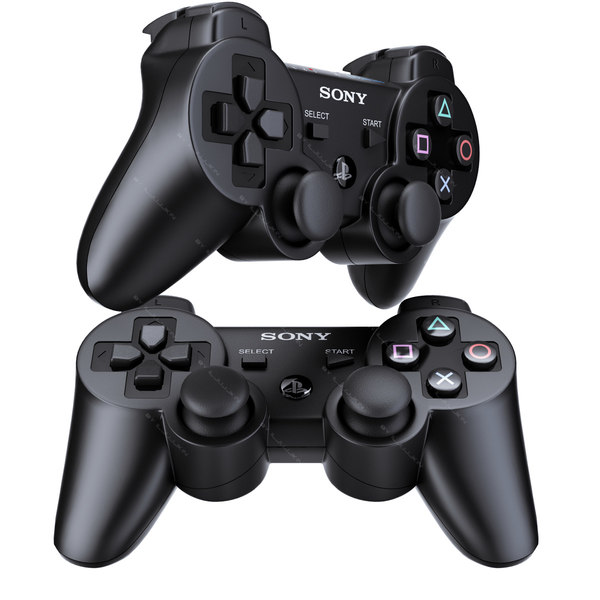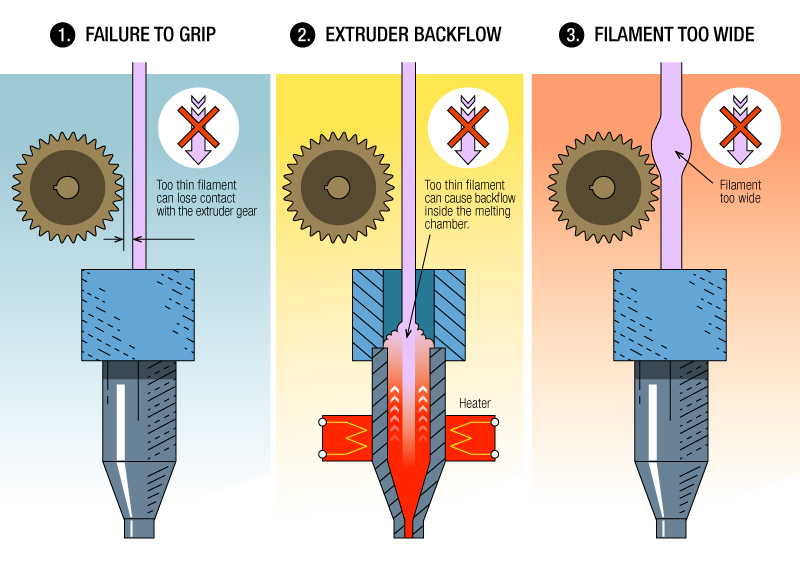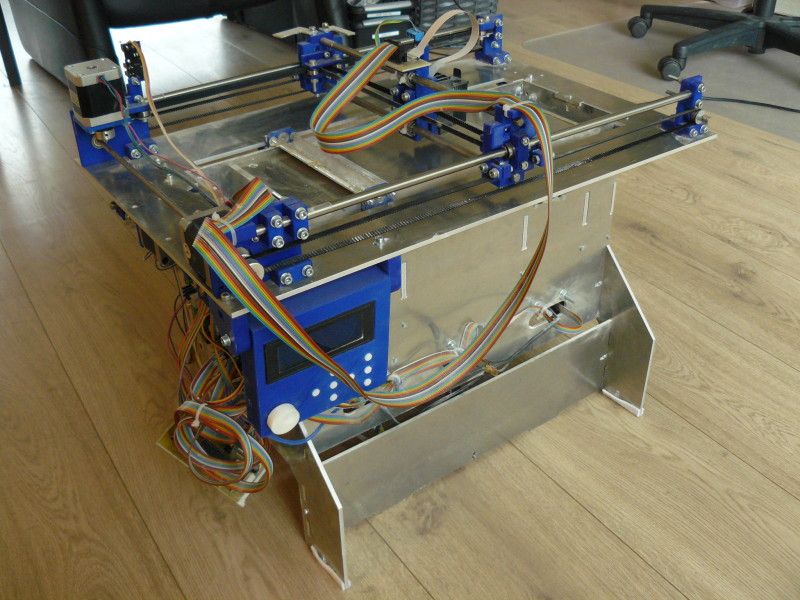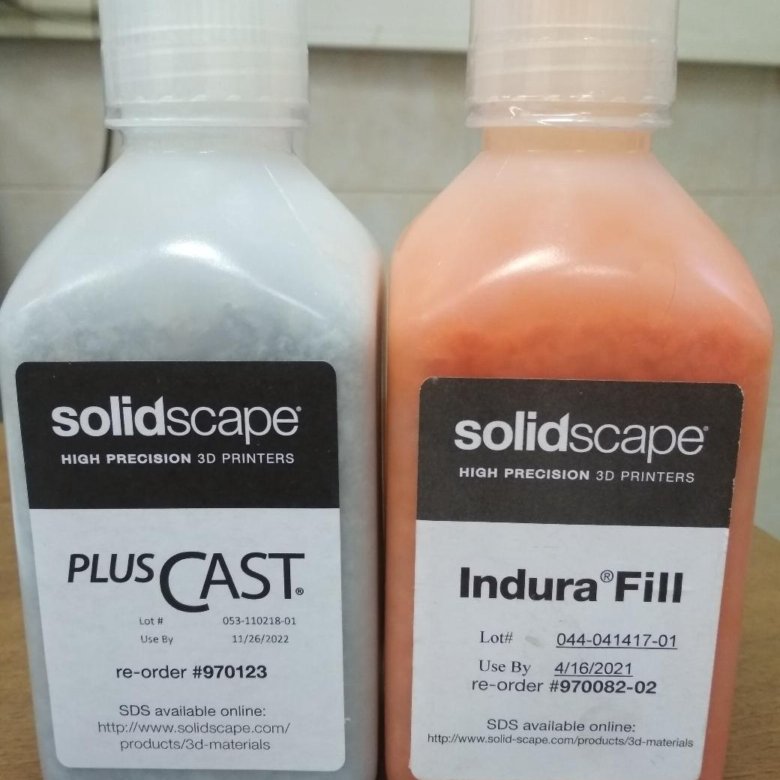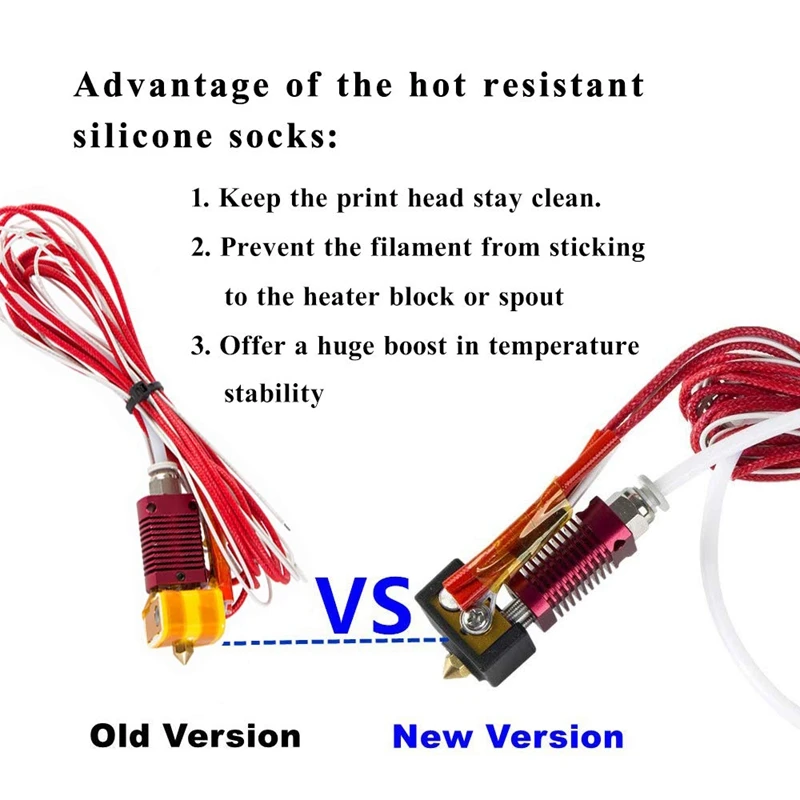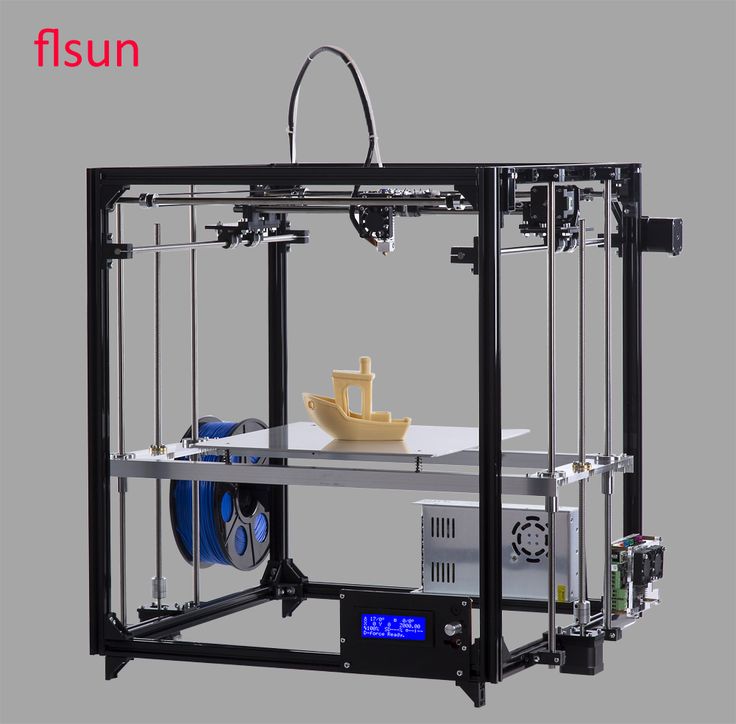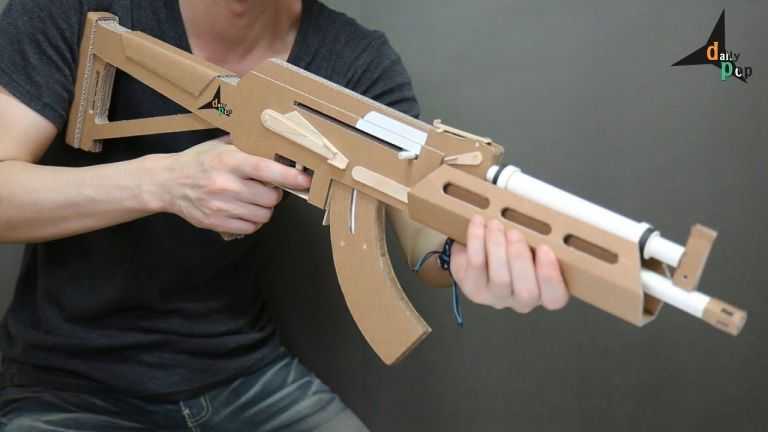3D printing engine block
Creating Pistons and Engine Block
GM’s LS3 Engine is part of the company’s vast family of small-block V8’s. It was used in the Corvette for 5 years (from 2008 to 2013) and in the Camaro SS for another 5 years (from 2010 to 2015). The LS3 is an updated version of the LS2 casting, but with bigger bores and a 10.7:1 compression ratio. the camshaft is a more aggressive 0.551″ lift, and the overall displacement is over 6.1L.
Traditional small-block V8’s have a certain sonic characteristic to them that sounds guttural and off-balance. The sound is raw and distinct, as the pistons fire at offset intervals, which rattles the block a lot more.
I’ve always wanted a V8 engine, but rather than spending over $7000 for one, I figured I’d 3D print one. The project was exciting, time consuming, but in the end, totally worth it. These next few blogs will be a part-by-part account of the entire project from start to finish. At the end of each part, I’ll include a “Tips n’ Tricks” section where I cover some important bits of information pertaining to the topics discussed in the segment.
Let’s get started.
The 3D Models
I think of myself as “pretty proficient” at 3D modelling and designing. However, I knew that modelling an engine assembly from scratch was going to take an unreasonable amount of time. I searched online and found what could arguably be the best 3D model of an LS3 engine I’ve seen to date. Eric Harrell (AKA “ericthepoolboy“) has working models of a Chevy LS3, a Subaru EJ20, a Ford flat head V8, and a Toyota 22RE 4-cylinder engine. You can find all of his designs on Thingiverse.
3D Printed LS3 Engine, courtesy of Eric Harrell.
Eric’s design files include the block, cylinders, headers, valve covers, crankshaft and camshaft assemblies, as well as rocker arms and valves. The parts are extremely detailed have been designed for easy fastening, with pre-cut holes and bores for M3-sized screws. The entire engine – once assembled – moves freely, with integrated bearing sockets for the crankshaft and camshaft. A DC motor is attached to a mounting point that connects the motor to the flywheel, meaning the entire thing will run on its own once powered.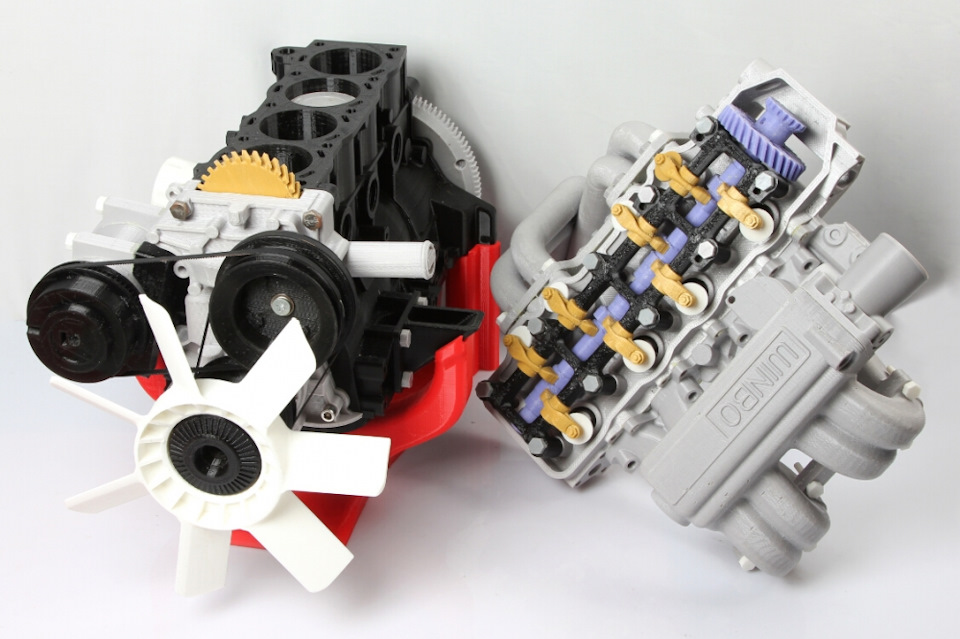
Looking at his final design a little closer, I noticed he was powering the DC motor directly from the wall, so the pistons were “firing” at the same speed. I wanted to demonstrate something a little more dynamic, so I planned out a design for a gas pedal (which I will discuss in a later post). The pedal would act as a potentiometer that would regulate the speed of the pistons.
Once the 3D models were all downloaded, it was time to get printing.
The Print Jobs
Printing all of these parts was a lot of fun. I had three printers at my disposal, the Fortus 450mc, the 250mc, and the Stratasys F170, part of the Stratasys F123 Series. These three printers, though different in both age and capability, extruded the parts in incredible detail with no hiccups or setbacks. I didn’t have a pre-determined plan on which printer would print which parts, so I organised a print schedule based on what colour options I had access to. I had more colour choices for the 250mc (such as orange, yellow, and grey), so I used it a lot more than I did the F170 and 450mc.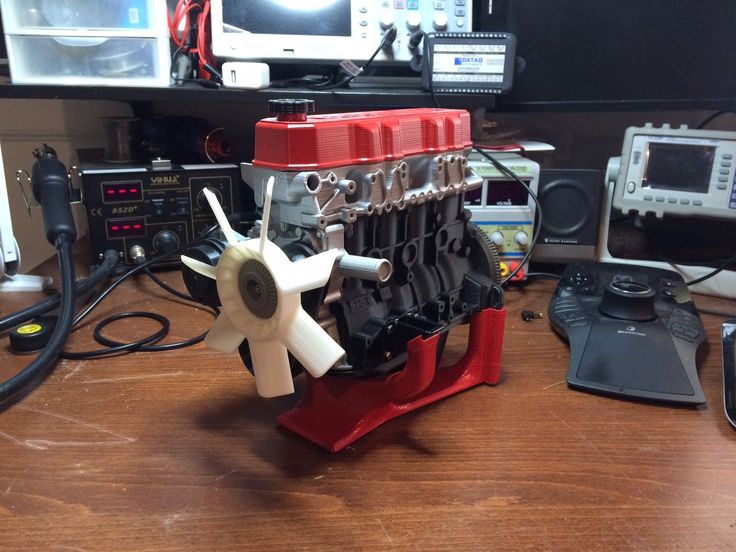 I tried to stick with a double-density sparse infill for most of the parts, as it was good balance between material efficiency and part strength. This wasn’t the case for all parts, as they varied in size and complexity (I explain a little more about this in the Tips n’ Tricks section at the end).
I tried to stick with a double-density sparse infill for most of the parts, as it was good balance between material efficiency and part strength. This wasn’t the case for all parts, as they varied in size and complexity (I explain a little more about this in the Tips n’ Tricks section at the end).
The pistons, piston rods, and camshaft were the first things that were printed.
Pistons, piston rods, and camshaft assembly all printed on one build sheet.
Using the “Optimize” feature on the Arrangement tool, the parts were positioned in a way that made it easier for the printer to extrude the material. This optimisation was implemented with every printed cluster of parts.
The full printed piston assembly.
Next was the engine block. This was the longest print out of all of the parts. The block was done on the 250MC and took almost 4 days to finish (not including time for washing and drying). I wanted to print the block in orange (harking back to classic orange Chevy V8 engines), and the only orange material I had was for the 250.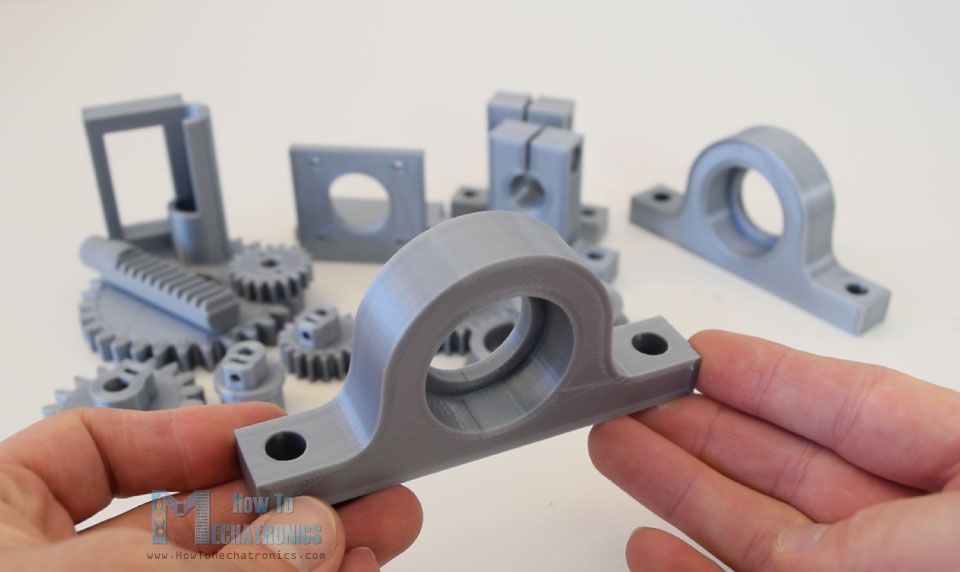
Printing and washing the engine block took almost 6 days to complete.
Most of the other large components were printed in black to compliment the orange block. These parts included the headers, intake manifold, cylinder heads, crankshaft, and flywheel. A few bracket parts like the valley plate and covers were printed in grey to accent the black and orange.
Smaller parts, such as the crankshaft assembly seen below, needed to be printed at a lower layer thickness in order to maintain part detail and fastening features. This was especially important for gears, as the gear teeth needed to be detailed enough for them to sink in and align properly.
The crankshaft assembly was printed on the F170 at a thickness of .070″.
Tips n’ Tricks
It’s a good idea to understand the relationship between layer thickness, detail, and overall part strength. There’s a fine balance between these three aspects of a print job that determines how your part will emerge once printed. For big parts such as my engine block, intake manifold, and cylinder heads, using .10″ layers is ideal. The parts come out stronger, but because they don’t have many finite elements, the detail is still high. Smaller parts such as gears, spacers, pins, bumpers, and rails should be printed in .070″ layers to maintain part accuracy and detail. The parts do come out a little weaker, but you can work around that by printing them solid. The only drawback to this is that the print time will be significantly longer.
For big parts such as my engine block, intake manifold, and cylinder heads, using .10″ layers is ideal. The parts come out stronger, but because they don’t have many finite elements, the detail is still high. Smaller parts such as gears, spacers, pins, bumpers, and rails should be printed in .070″ layers to maintain part accuracy and detail. The parts do come out a little weaker, but you can work around that by printing them solid. The only drawback to this is that the print time will be significantly longer.
Choosing the right layer thickness is determined purely on a case-by-case basis, and is still entirely up to you.
Subscribe for Part 2
This concludes part 1 of my project blog. Subscribe now to receive more parts of my 3D Printing a Small-Block V8 Engine story.
Massive 3D Printer Could Build Engine Blocks
If you could create an engine without restrictions, what would it look like?
Charles Murray | Apr 20, 2018
Watch This Webinar
A gigantic new metal additive manufacturing system at Roush Industries may finally give engineers a glimpse of 3D printing’s ultimate potential in the auto industry.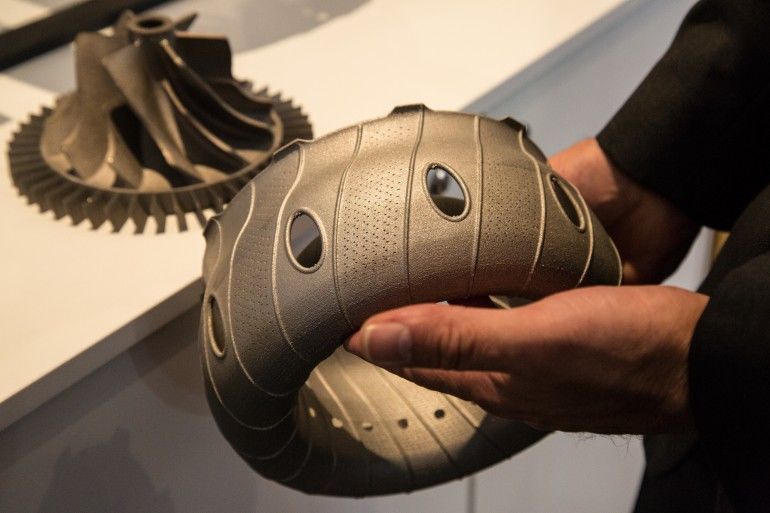
The new system, an X Line 2000R 3D printer from Concept Laser GmbH, could enable automakers to build radical new test versions of engines, transmissions, and other large components that could previously only have been built by conventional means. By doing so, it could allow OEM engineers and suppliers to consider concepts that they couldn’t previously. “Now they can ask, ‘If we threw out all the rules, does this engine block need to look this way?’” noted Brandi Badami, business development manager for Roush Industries. “’Does it need to be manufactured this way? If we wanted to build the best engine we could without restrictions, what would it look like?’”
The X Line 2000R has a build-envelope of 32” x 16” x 20.” (Image source: Concept Laser GmbH) |
The X Line permits engineers to think in such ways because its build-envelope (32” x 16” x 20”) is unlike anything that has preceded it in metal additive manufacturing. Measuring approximately 17 feet long, the machine is so big that it couldn’t be transported by air; Roush instead had it shipped from Germany to the US by boat. The machine includes two staircases, work platforms, a cooling system, and a material handling system.
Measuring approximately 17 feet long, the machine is so big that it couldn’t be transported by air; Roush instead had it shipped from Germany to the US by boat. The machine includes two staircases, work platforms, a cooling system, and a material handling system.
As a result of its size, it allows automotive engineers to create 3D-printed engine blocks and large transmission parts, as well as suspension components, chassis components, driveline components, and heat exchangers. It also enables them to redesign multi-part assemblies – integrating them into large single-piece components. Roush Industries, a service bureau that does design and manufacturing work for the auto industry, has already used the machine to incorporate a specialized cylinder head onto an engine block. Badami said the company has more such projects in the works.
“A lot of companies have been embracing additive manufacturing in the last few years, but they’ve been restricted by the size of the build envelope,” she told us. “Now they can consider the components they couldn’t before.”
“Now they can consider the components they couldn’t before.”
Badami said the initial, obvious application for the machine is in test. “You can print an engine block and test it before you spend all your time with casting tooling,” she told Design News. “In conventional manufacturing, if there’s an engineering change, it’s expensive and time-consuming to change casting tooling. Here, you can work out the product development up front, before committing all the time and money to tooling.”
In the process, engineers are able to try new ideas, she added. Complex geometries, such as corkscrews, baffles, and tight channels, could be added to an engine block as a test.
To date, the X Line machine has been employed for the creation of aluminum parts using an AlSi10Mg aluminum alloy. Parts produced with the system reportedly exceed or are equal to conventionally manufactured aluminum parts—both in terms of mechanical properties and dimensional tolerances.
Badami said that automotive OEMs have been anxious to employ such ideas for several years, but have been deterred—not only by the small build envelopes, but by the low-volume nature of 3D printing. “Medical and aerospace have perfect (production) volumes for additive manufacturing,” she said. “But in automotive, you have millions of parts, so a lot of engineers haven’t considered it. Now, though, the machines are getting bigger and faster, so automotive has the opportunity to catch up and use this technology.”
“Medical and aerospace have perfect (production) volumes for additive manufacturing,” she said. “But in automotive, you have millions of parts, so a lot of engineers haven’t considered it. Now, though, the machines are getting bigger and faster, so automotive has the opportunity to catch up and use this technology.”
Roush Industries, a sister division to Roush Performance, knows the auto industry well. It provides expertise in design, engineering, test, assembly, machining, inspection, and manufacturing to automotive, as well as to the aerospace, consumer, energy, and entertainment industries. The company also has 15 years of experience with 3D printing.
Initial expectations for the new 3D printing system in automotive are mainly for test and low-volume applications, Badami said. But that could change over time. “When people start trusting the technology and the materials, and start thinking more in terms of additive manufacturing, we’ll see more complex engineering programs,” she told us.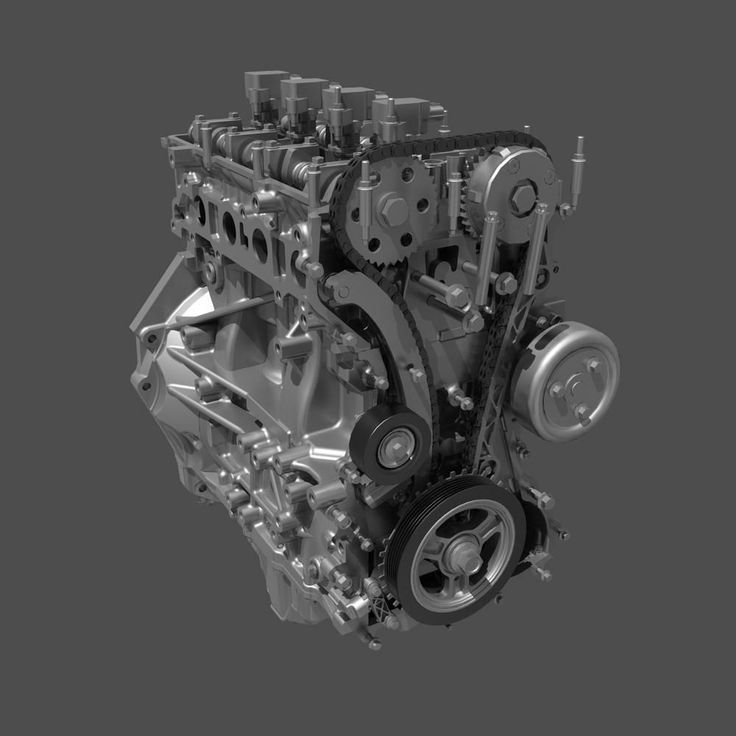
Read More Articles on Automotive Technology
12 Future Electric Crossovers to Watch
Innoviz Designed a Lidar to Make Any Car Autonomous
Are Small Displacement Turbo Engines Reliable in the Long Term?
Top 10 Most Reliable Car Models for 2018
Senior technical editor Chuck Murray has been writing about technology for 34 years. He joined Design News in 1987, and has covered electronics, automation, fluid power, and auto.
Today's Insights. Tomorrow's Technologies. ESCreturns to Boston, April 18-19, 2018, with a fresh, in-depth, two-day educational program designed specifically for the needs of today's embedded systems professionals. With four comprehensive tracks, new technical tutorials, and a host of top engineering talent on stage, you'll get the specialized training you need to create competitive embedded products. Use the Code DESIGNNEWS to save 20% when you register today! |
TAGS: Automotive Engineering
A 1914 Grand Prix car was saved using a 3D printer
ABC News article translated for you by Top 3D Shop.
Australia is home to the only surviving car from the 1914 Grand Prix, the Delage Type-S. Thanks to the feat of the restorers, this rare car is still on the move.
In 2014, when the cylinder block cracked and water entered the exhaust system, the car stalled and was taken to a mechanical workshop in Castlemaine, 130 km northeast of Melbourne.
Video:
Car engine
Engine rebuilt by mechanic Grant Cowie.
With no spare parts or original drawings, and since only a handful of people had the traditional skills of making vintage car parts, pre-war engine engineer Grant Cowie began looking for alternative ways to recreate the complex 16-valve engine.
“I knew that using the traditional method, which involves building a wooden model, would be an extremely expensive project and, with such a complex casting, it would probably take several attempts to fix this motor,” Mr. Cowie said.
He decided that the most accurate, efficient and inexpensive way to get the car back into service would be to use digital technology to replicate the original engine block.
The catch was that Cowie had never done repairs of this complexity before.
History of the Delage
- In 1914, only 3 Delage Type-S cars were built for the premier race in Lyon, France.
- A month after the Grand Prix, the First World War broke out and car racing in Europe ceased.
- Delage Type-S cars were sold in the USA and then, in the twenties of the XX century, one of them was resold to Australia for auto racing.
- This car was driven by some of the first Australian racing drivers and later owned by the legendary racing driver Lex Davison.
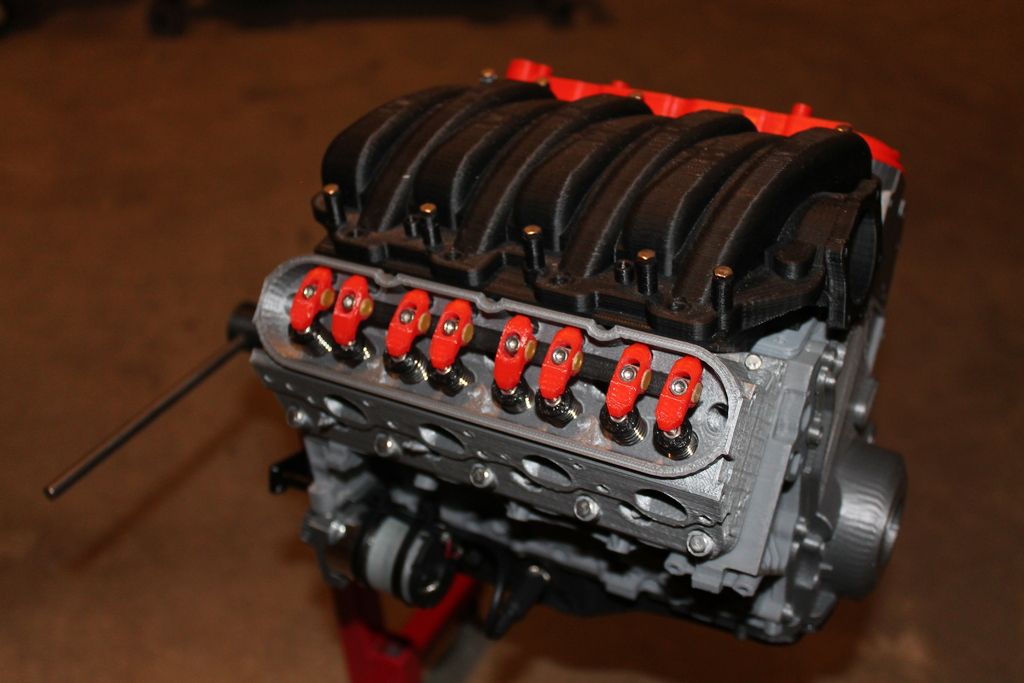
Engine Block Rebuild
A 3D laser scanner scanned the inside and outside of the engine block, a job that would have taken many months without such equipment, and was completed in a few days.
Scan data was used to digitally "repair" a cracked motor on a computer. The mold was then created using a 3D printer.
Engine block creation process
The original engine block was scanned
Based on the mold, the engine was cast at a local iron foundry, after which the finished product was traditionally processed on a manual machine.
3D printed mold to cast new engine block
“It's one thing to finish the machining, it's quite another to put all the parts together,” says Cowie.
“When the engine was put together and fired up, it was a real relief.”
Pictured is Grant Cowie, Pre-War Vehicle Engineer
While many modern auto parts are 3D printed, project manager Philip Guilfoyle commented that a repair of this magnitude is unique.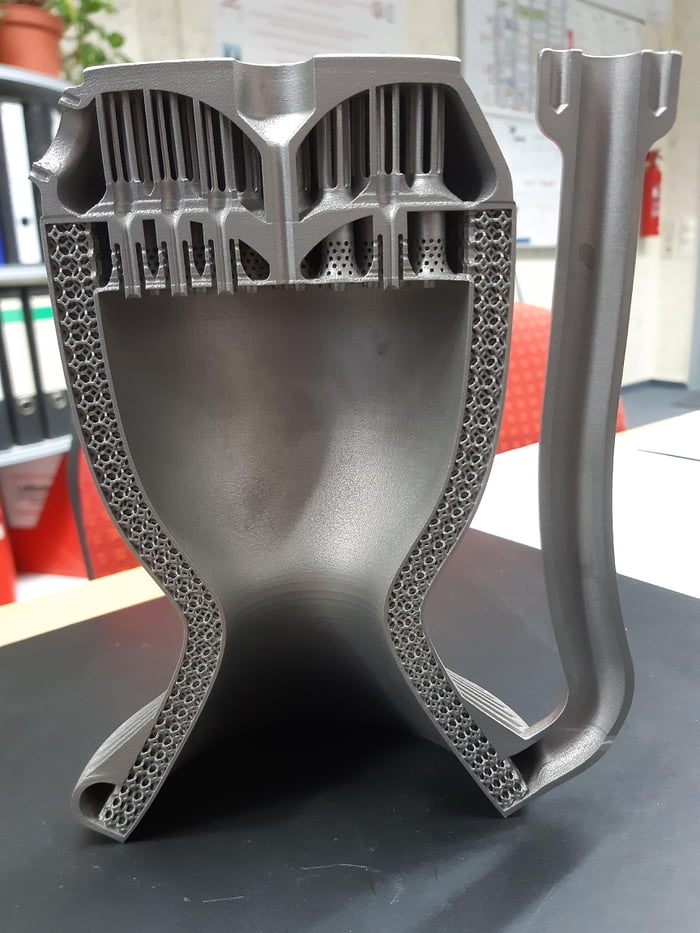
“As far as I know, this has never been done in the field of auto restoration,” Gilfoyle said.
Stuart Murdoch, the owner of the car, insisted that all used parts must be exactly the same as the original.
“I believed in these specialists and was not disappointed,” he said.
Engineering feat
Now that the 103-year-old car is back in service, Murdoc is a very happy customer.
“This is an outstanding achievement for all involved and, I can say, quite significant for Australian engineering,” he said.
Automotive historian Douglas Blaine is amazed by the fact that one of the priceless S-Type models is still running: behind glass, a really startling fact.”
Gilfoyle believes that digital repair technology could revolutionize car restoration, and that mechanics like Mr. Cowie are becoming less dependent on the availability of auto parts and the industry phasing out old technologies.
Type-S model at the 750 km race at the Grand Prix in Lyon, France, 1914
Where else do you think this technology can be applied? Where would you apply it? For what? Share your opinion in the comments.
STL file Engine block V6・3D printing design for download・Cults
V6 engine Seal in place
€1.76 -fifty% 0.88€
V8 engine seal in place
€1.76 -fifty% 0.88 €
V8 engine
€3.60 -fifty% 1.80 €
Engine block V10
€1. -fifty% 0.80 €  60
60
V8 engine seal in place
€1.76 -fifty% 0.88 €
HDMI cable holder
1€ -fifty% 0.50 €
Vinyl support
€1.60 -fifty% 0.80 €
V8 engine
€3.60 -fifty% 1.80€
V6 engine Seal in place
€1. -fifty% 0.88 €  76
76
Axle Lego Technic
1€ -fifty% 0.50 €
Pringles box
€1.50 -fifty% 0.75 €
Cat toy
1€ -fifty% 0.50 €
Best 3D Printer Files in the Gadget Category
Vulpix Pokemon EDLI3D
Free
GoPro Karma Mounting Ring
Free
LENS ADAPTER PRAKTICA B TO SONY E (NEX)
6,50 €
Avocado seed grower
0.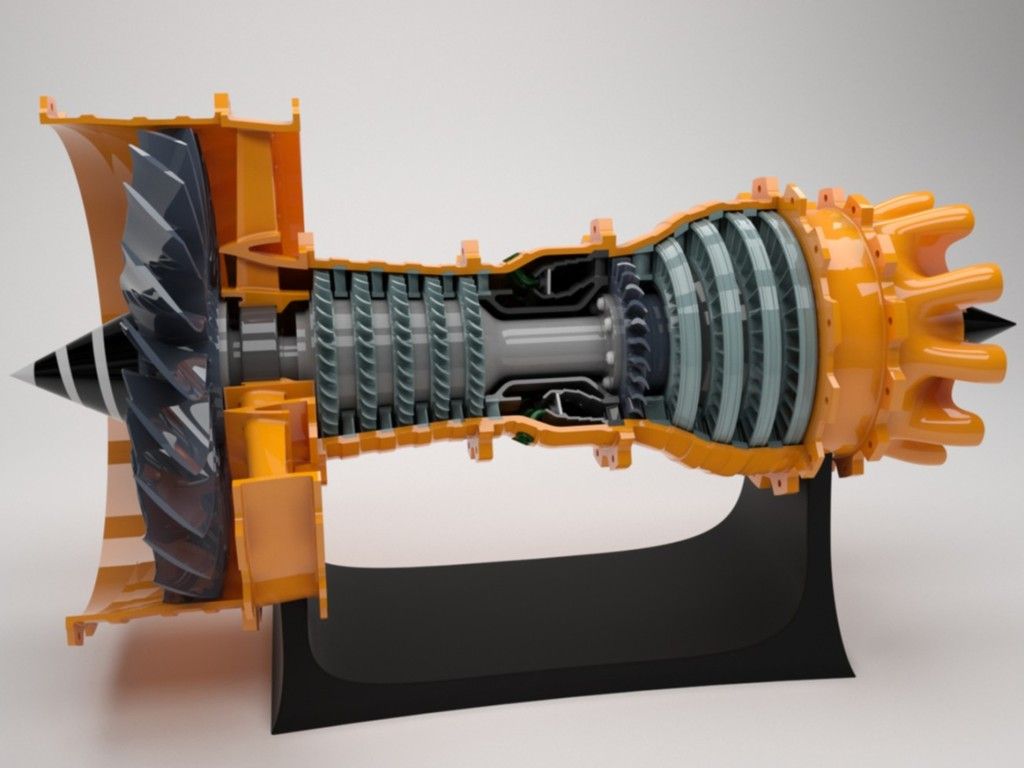 75 €
75 €
Battery for IPhone5
Free
Mate 20 Pro stand for Renault and Dasia cars
Free
car holder universal smartphone phone
0.88 €
Camera coin
2.50 €
Bestsellers in the Gadget category
Ender 3 S1 Original fan update (alternative)
€1.25 -32% 0.85 €
Application to turn your photo into 10 types of jewelry
3,50 €
V8 engine seal in place
€1.76 -fifty% 0. 88€
88€
Owl - wall key holder
1.84 €
Application for creating switchable business cards
3.35 €
V6 engine Seal in place
€1.76 -fifty% 0.88 €
Kinetic floating Christmas tree
1.89 €
wall key holder (dragon ball)
1.25 €
Keyfob application
€3.50
MECHANICAL CHRISTMAS GIFT BOX
€3.15 -fifty% 1.57€
G17- DD17 Frame with rails
7. 50 €
50 €
BARABA crossbow pistol with aluminum profile core
8 €
G26 frame DD26 - super reinforced
7 €
Karambit keychain spinner tiktok keyrambit NO BEARING
€1.71 -ten% 1.54 €
Writing Machine V2.0 - 2D pen plotter
6.47 €
QATAR 2022 FOOTBALL WORLD CUP QATAR 2022
1.74 €
Do you want to support Cults?
Do you like Cults and want to help us continue our journey on our own ? Please note that we are a small team of 3 people, so it is very easy to support us in maintaining activities and creating future developments.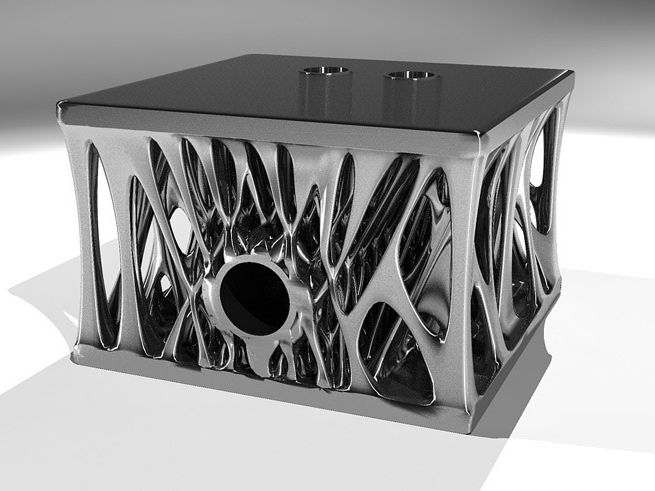


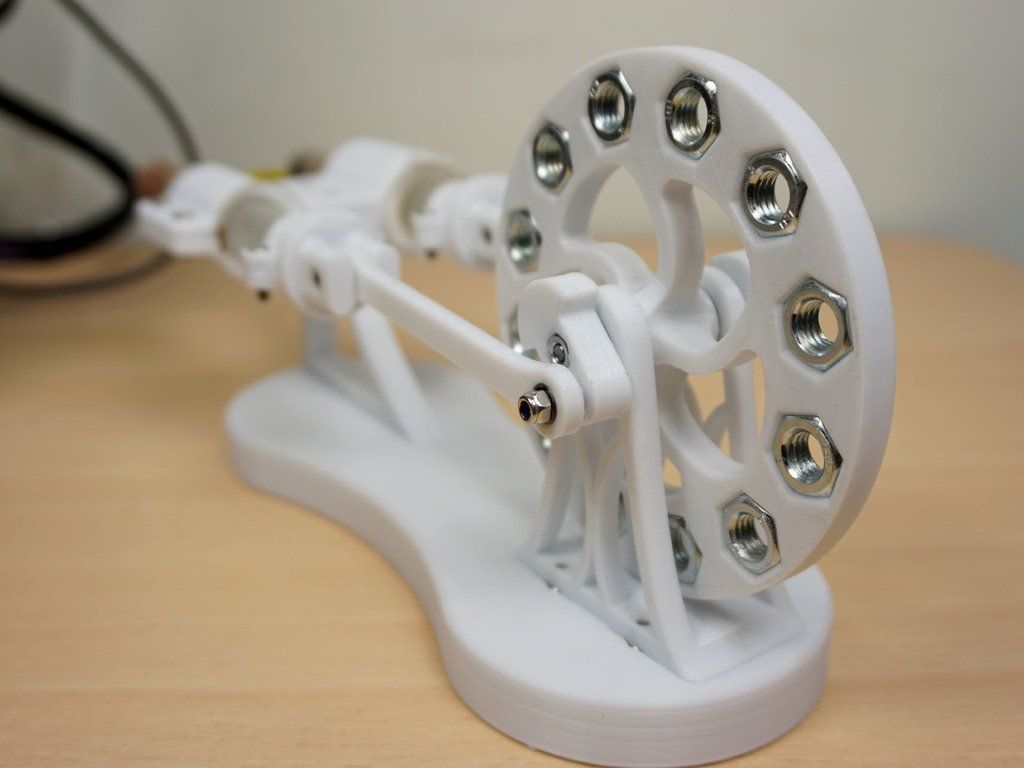 Get hands-on in the classroom and speak directly to the engineers and developers who can help you work faster, cheaper, and smarter.
Get hands-on in the classroom and speak directly to the engineers and developers who can help you work faster, cheaper, and smarter.

